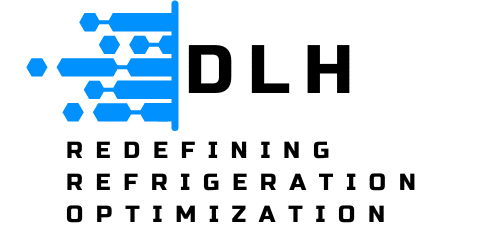Suction Pressure
This assesses case temperatures, ambient temperature, and case alarms. In turn, the outputs comprise an incrementally raised suction pressure, revised maximum valve opening on cases, and revised case control temperature
DLH is a cloud-based refrigeration energy optimization system. The DLH system has been developed with key clients in order to provide a wide range of energy and performance benefits. It can be integrated with existing refrigeration hardware utilizing a sophisticated software platform developed by Nejavi. The utilization of DLH can yield savings anywhere from 13% - 25% depending on hardware age and type.

Once configured, DLH can monitor several parameters across refrigeration packs and cases as well as the local ambient conditions. When pre-determined parameters and conditions are met, the DLH system can then optimize various parameters, allowing the refrigeration system to achieve its optimum level of performance and energy efficiency.
The solution provides enhanced diagnostics to assist facilities management. These include:
DLH technology is deemed by customer internal IT to be sufficiently secure from an IT and telecommunications perspective, which should render it compatible with all internal security requirements.
Connected over a secure MQTT connection, the operational data from the site is monitored and reviewed through the cloud-based platform. Appropriate set-points are then adjusted, utilizing the logic controls that are implemented based on pre-defined rules. This can all be implemented remotely with no on-site works required. Example set points which are being optimized are:
This assesses case temperatures, ambient temperature, and case alarms. In turn, the outputs comprise an incrementally raised suction pressure, revised maximum valve opening on cases, and revised case control temperature
This assesses the external ambient temperature, and when it is achievable, it reduces the useful (evaporator) superheat
When these are both sufficiently low, optimization will begin, then ramping up as temperatures drop, dependent on the head pressure also remaining low
For EC fans, this is a combination of fans start delay and maximum fan speed which increase and decrease respectively as ambient drops.
For staged AC fans, a similar logic is applied, but without the maximum fan speed control because the fans can be on at a fixed speed or off